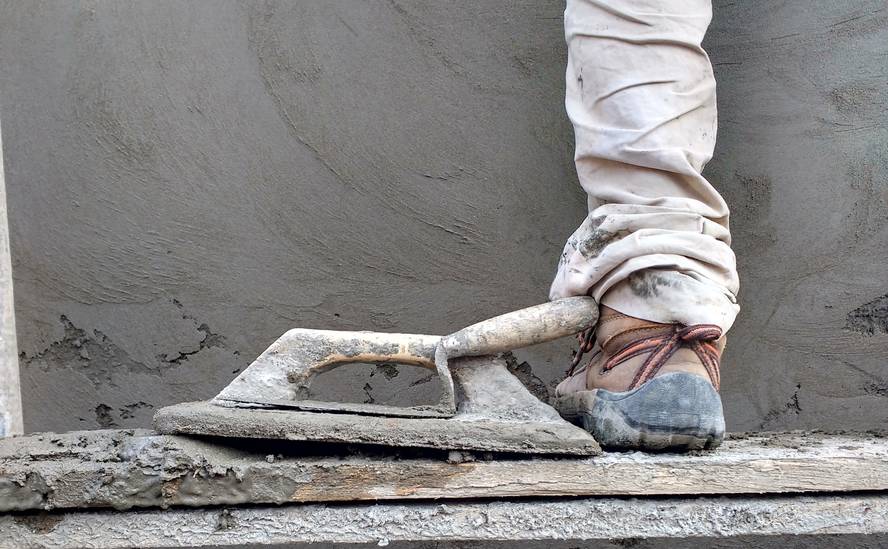Analysis of the environmental impact of cement
Cement and concrete are the most used artificial materials in the world. Thus, a review published by the journal Nature analyzes the environmental impact of its creation. In addition to the emission of heavy metals into the atmosphere and the extraction of natural resources, it has been concluded that cement production is a significant emission of CO2 and strategies have been analysed to reduce this environmental impact.
The annual average production of cement is 4 gigaones, equivalent to the world's food production. In particular, cement accounts for 36% of the 7.7 Gt C02 released into the atmosphere by constructive activities, well above steel (25%), plastics (8%), aluminum (4%) and brick (1%).
In view of the urbanized world trends, researchers have suggested that in the next 50-100 years the demand for cement will continue to grow remarkably, taking into account that in just 30 years the world population is expected to increase by 2.500 million. Therefore, they point out that strategies to limit environmental impact should be addressed now.
In spite of the studies carried out, for the moment, no materials have been found capable of replacing reinforced concrete at a low economic cost and it does not seem that it will be achieved in the next decades. Therefore, alternatives have been mentioned. On the one hand, the production of cement requires a heating at 1500ºC in large furnaces for the decomposition of the limestone, a process in which the greatest amount of CO2 is produced. To reduce the generation of CO2 it would be necessary to use another source of CaO alternative to limestone (CaC03), but the sources of non-carbonated calcium are very limited in practice. Therefore, the crushing and use of the waste generated in the excavation of concrete buildings is proposed. According to the calculation carried out in China, reuse can reach 50% of the demand for building materials and reduce pressure on local natural resources.
On the other hand, it has been requested the development of a technology that allows the subsequent absorption of CO2 emitted into the atmosphere during the cement generation. It has been recognized that this process of carbonation can damage the durability of reinforced concrete with steel, but the researchers have affirmed that carbonation is beneficial for all other types of concrete and that in some cases it can generate greater resistance and less porosity of the structure. Thus, 80% of the cement can be used for CO2 absorption carbonation processes.
According to the researchers, engineers should incorporate the carbonation of concrete into their own design. In fact, all new strategies developed to reduce CO2 emissions in cement generation will not be sufficient if concrete is not used to absorb and store carbon. However, researchers say that there is no innovation that carries miracles. On the contrary, only the implication of all those who participate in the construction can be a change: of the legislators, of the producers of materials, of the architects, of the managers of the construction and of the citizenship that will be the owner of the building.






